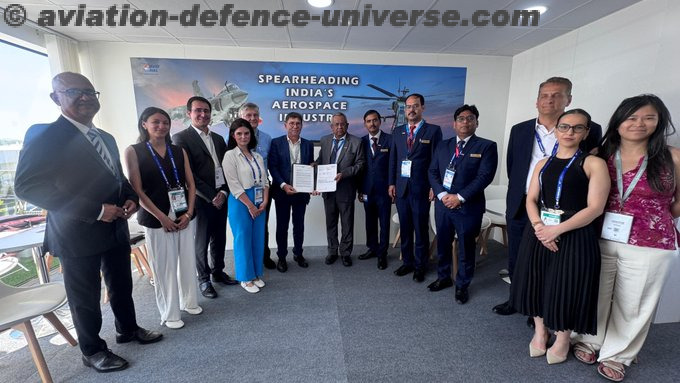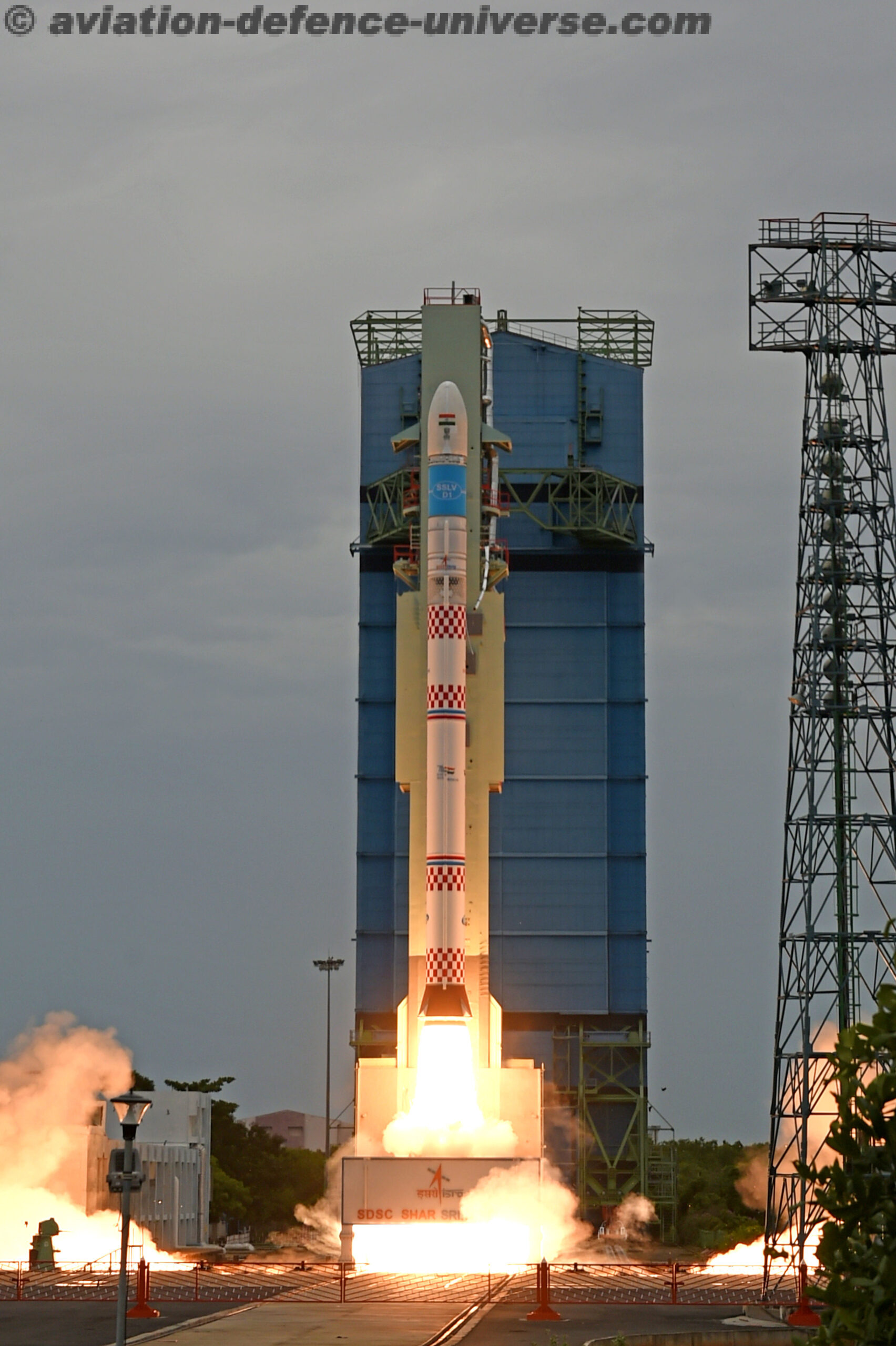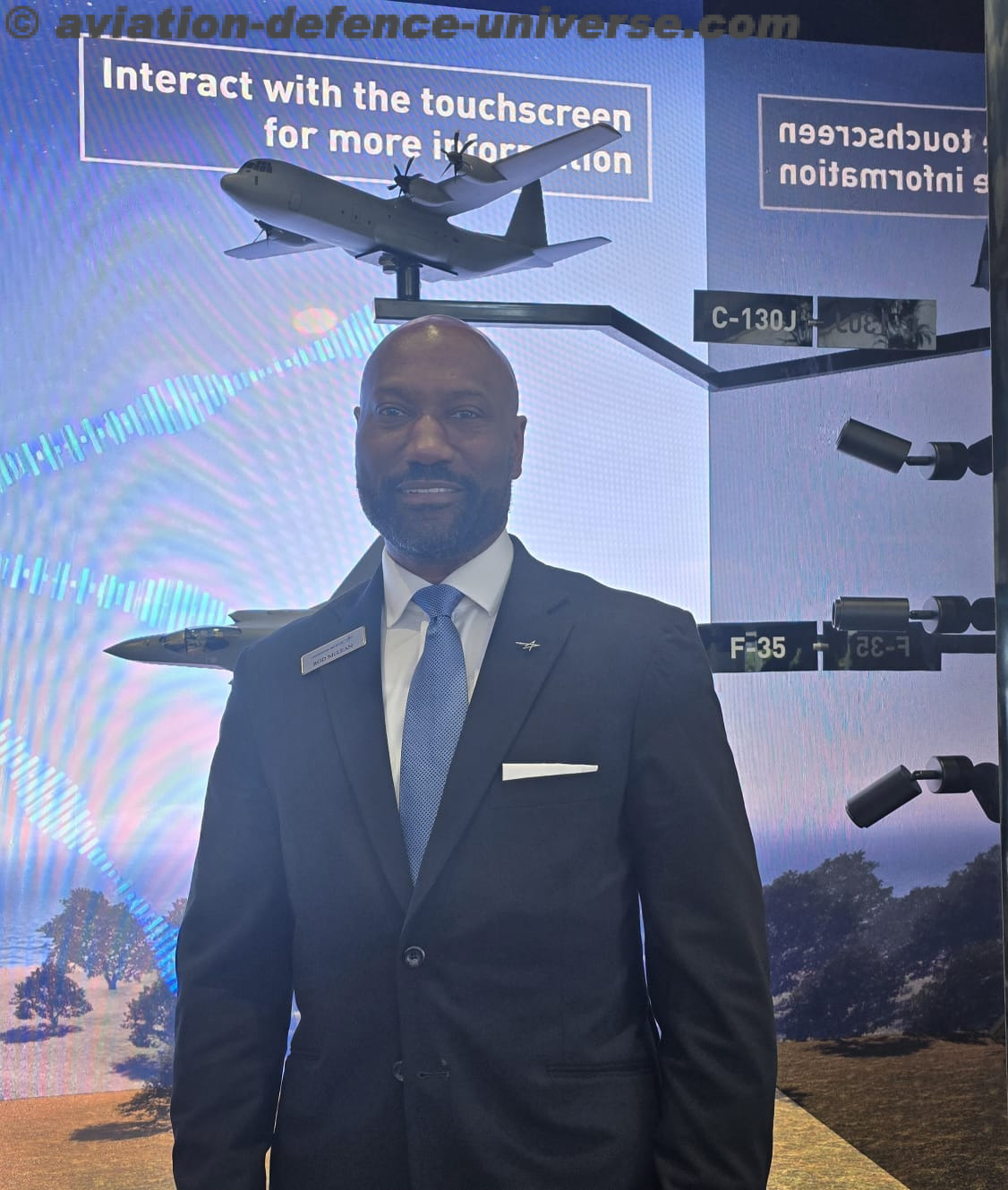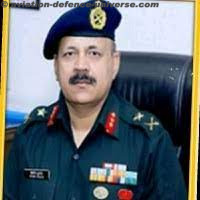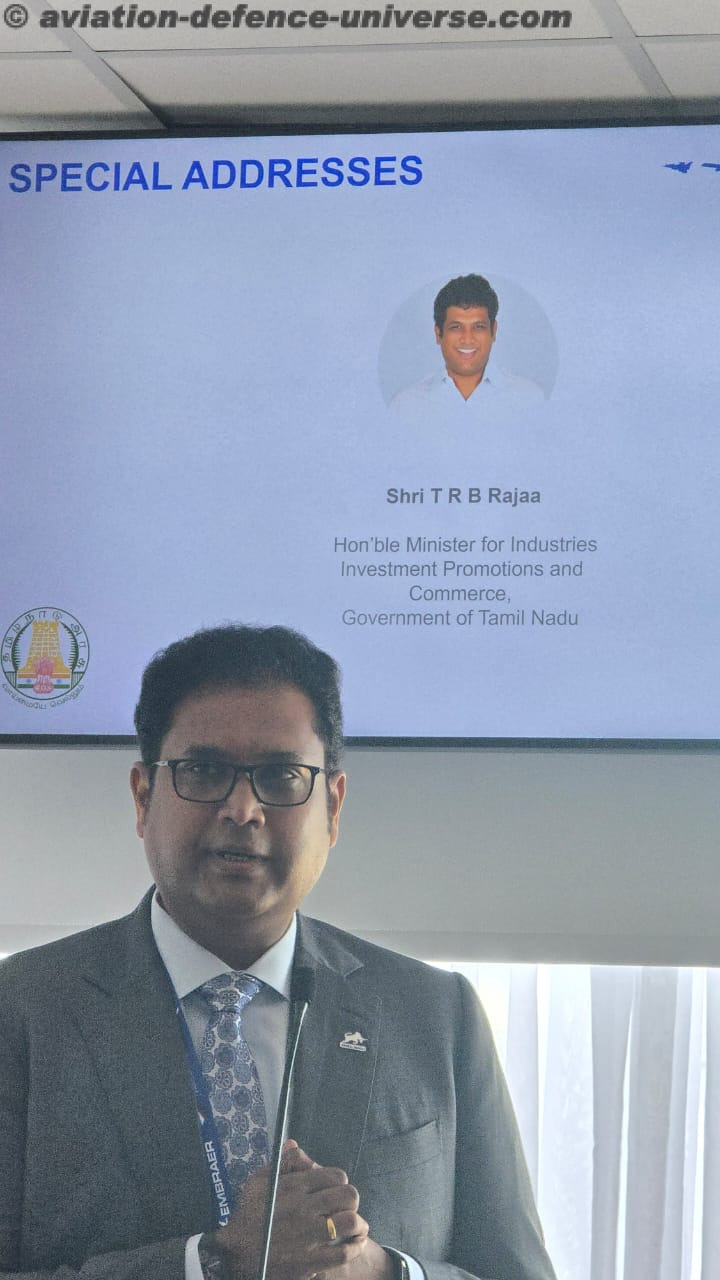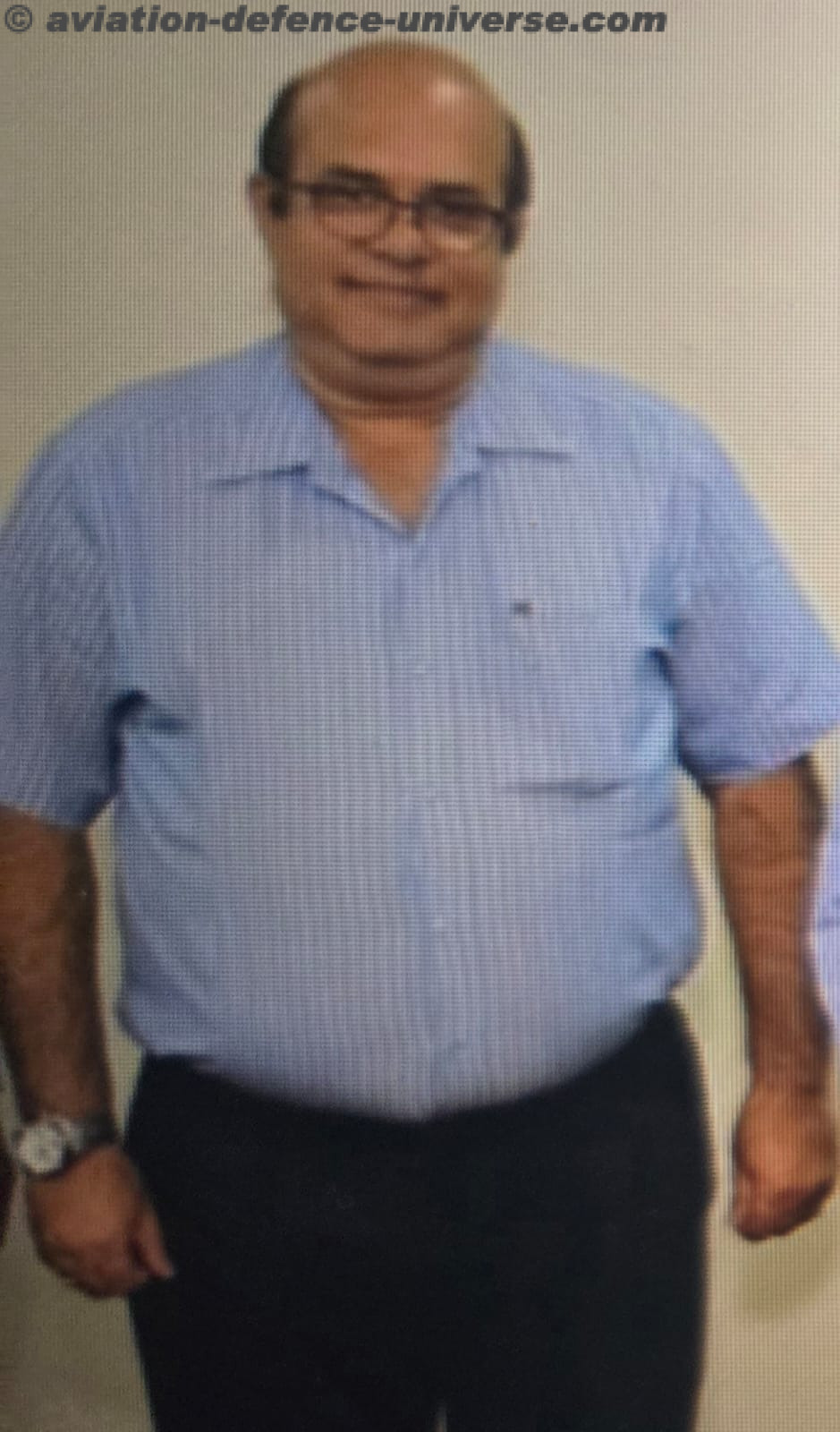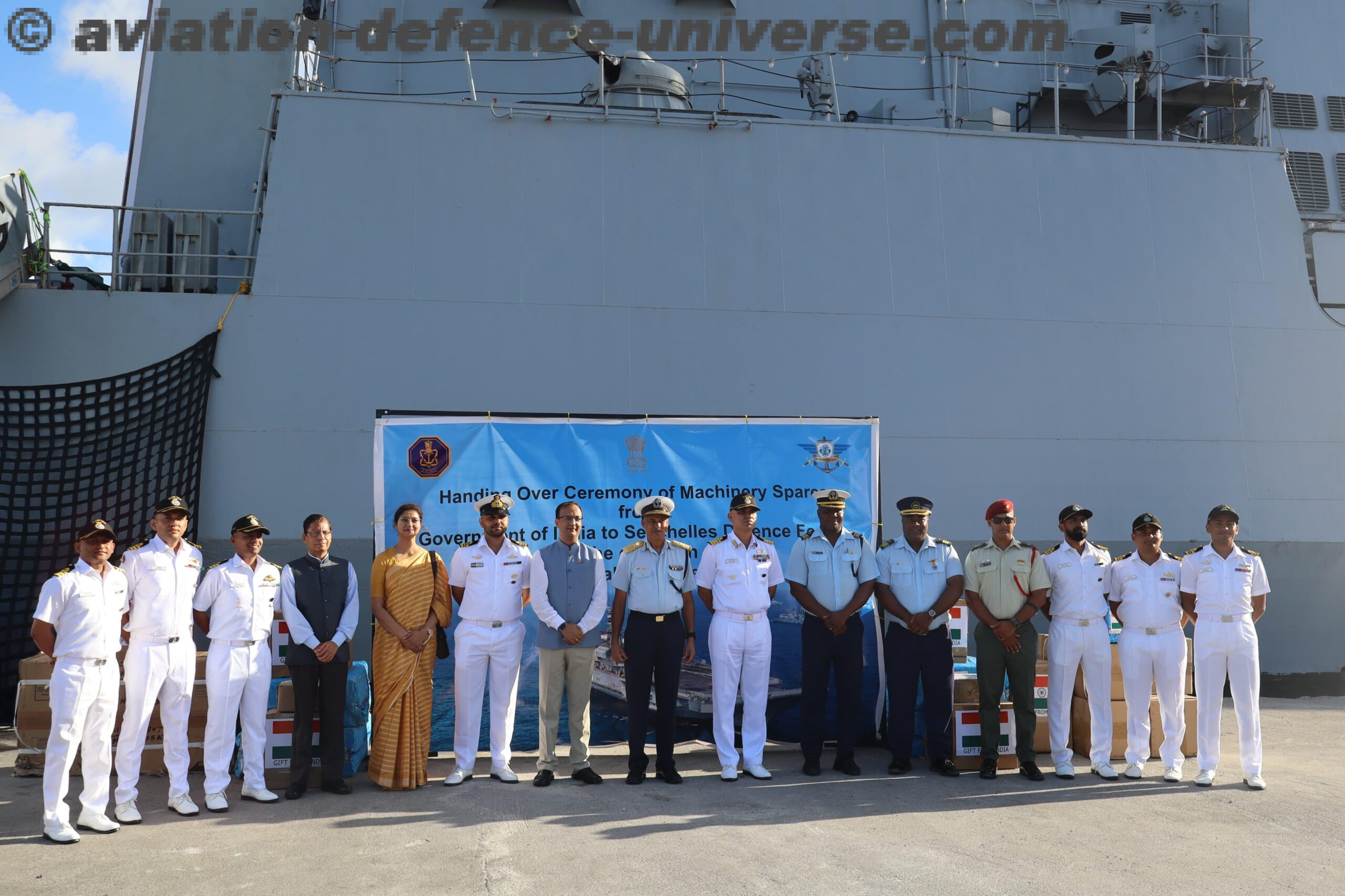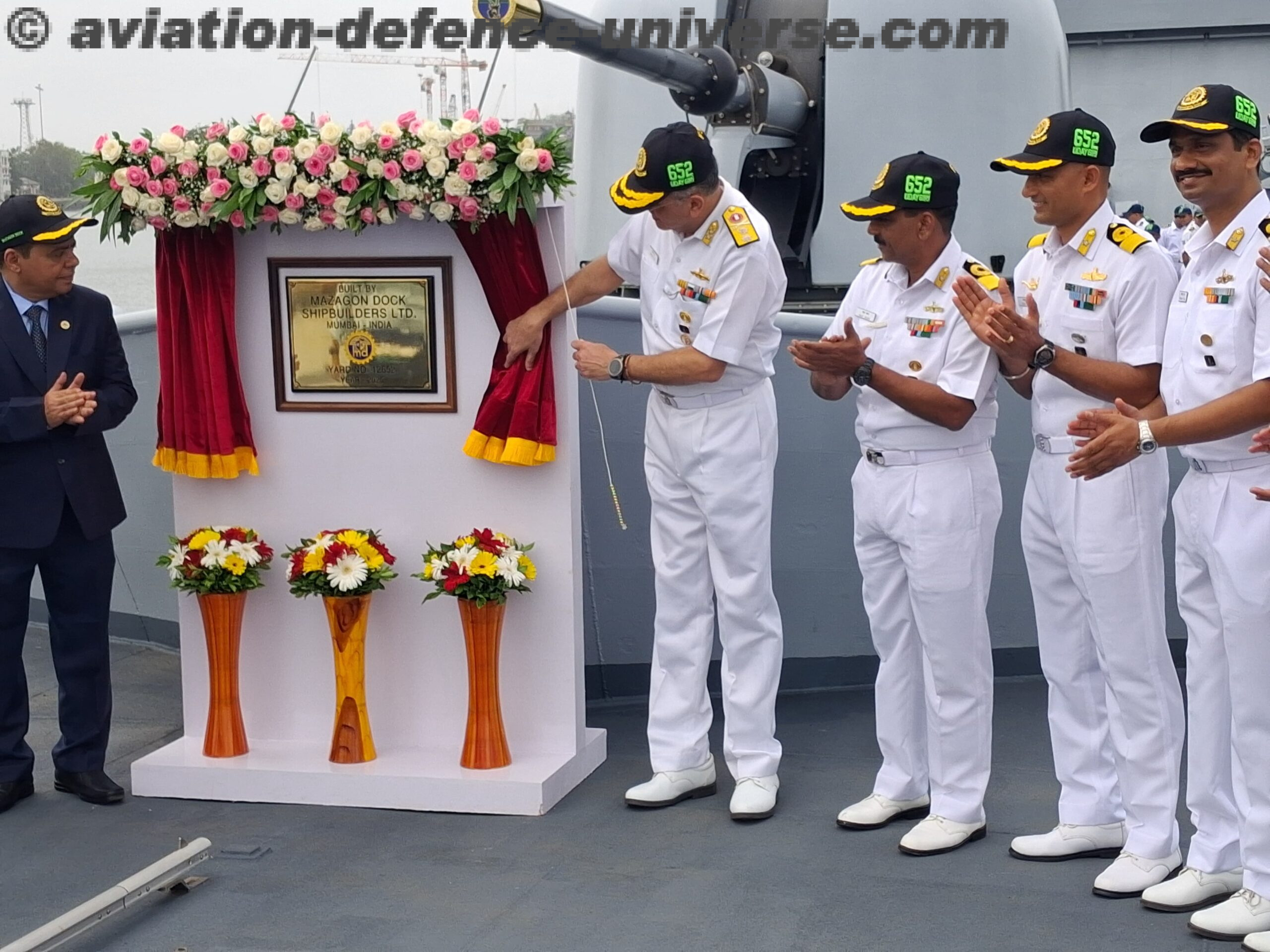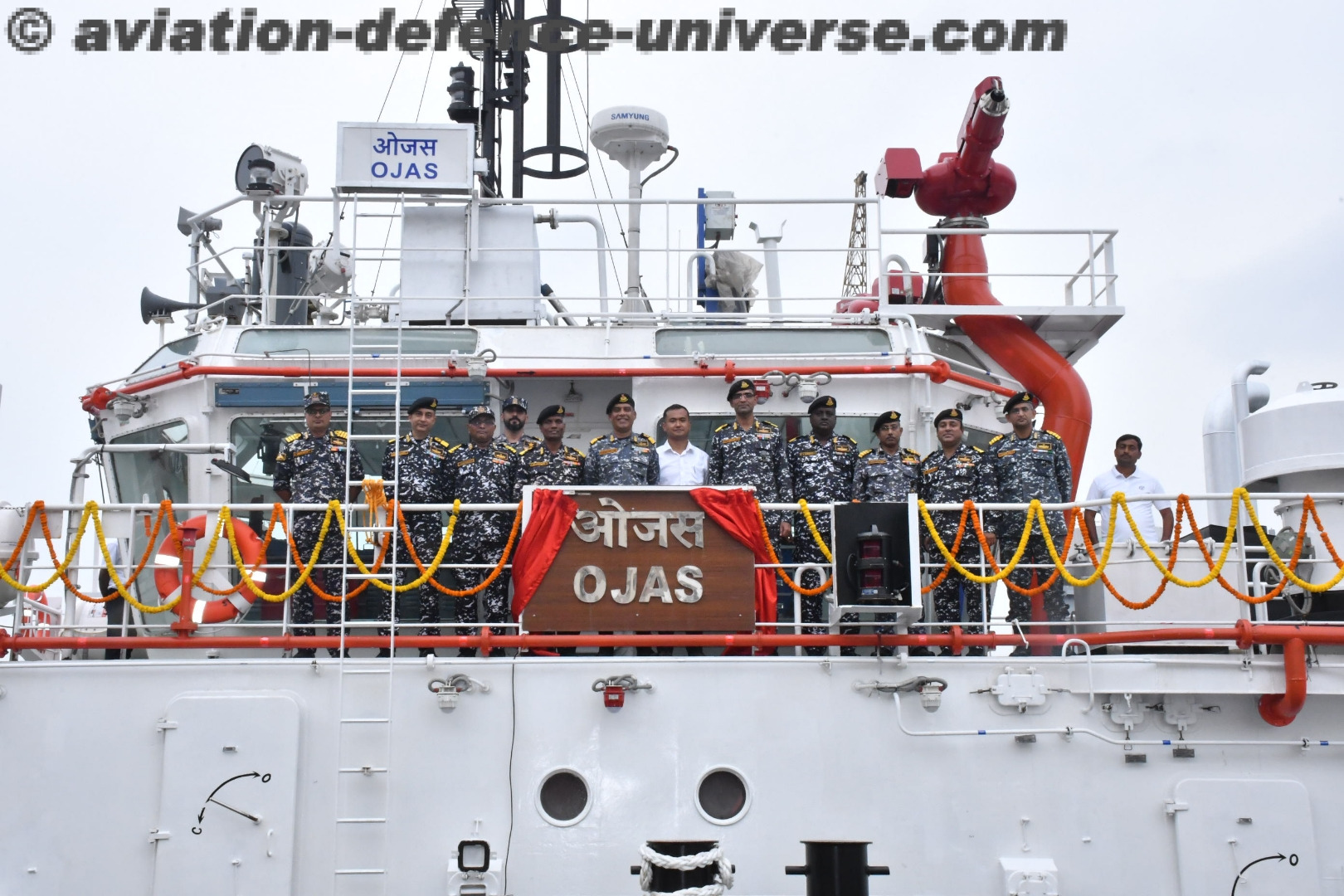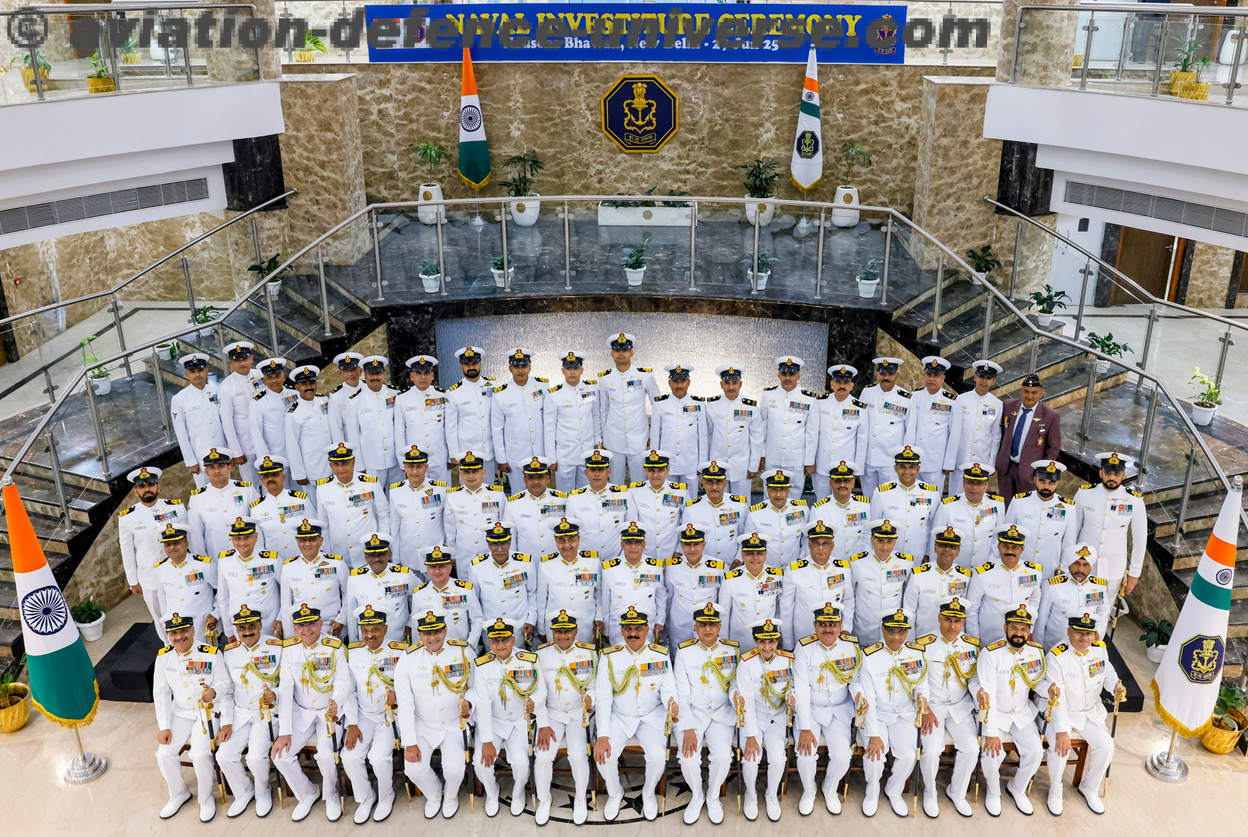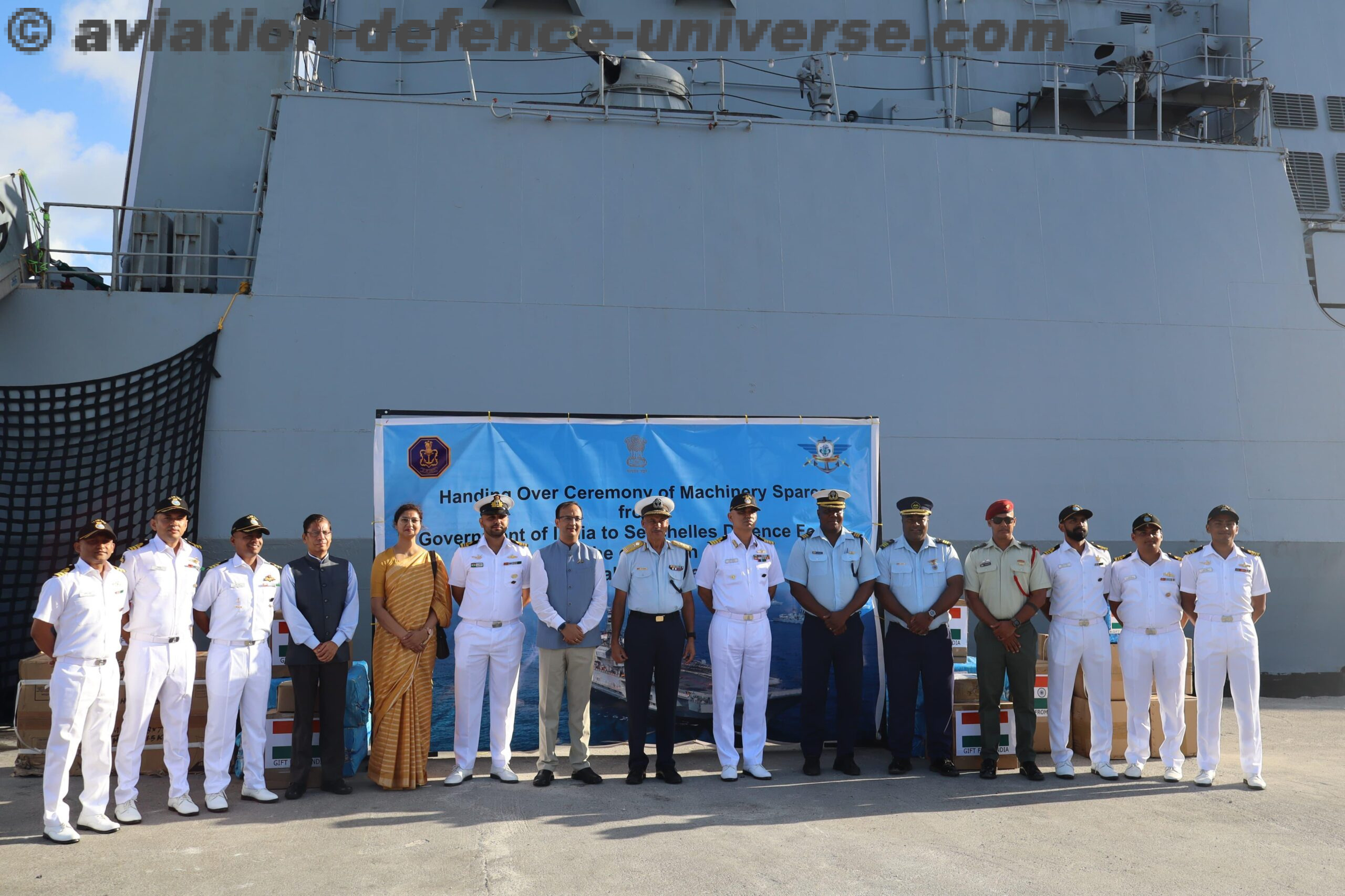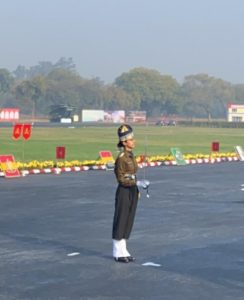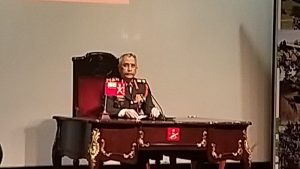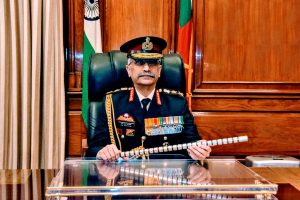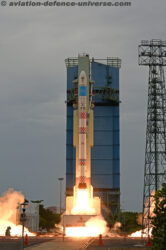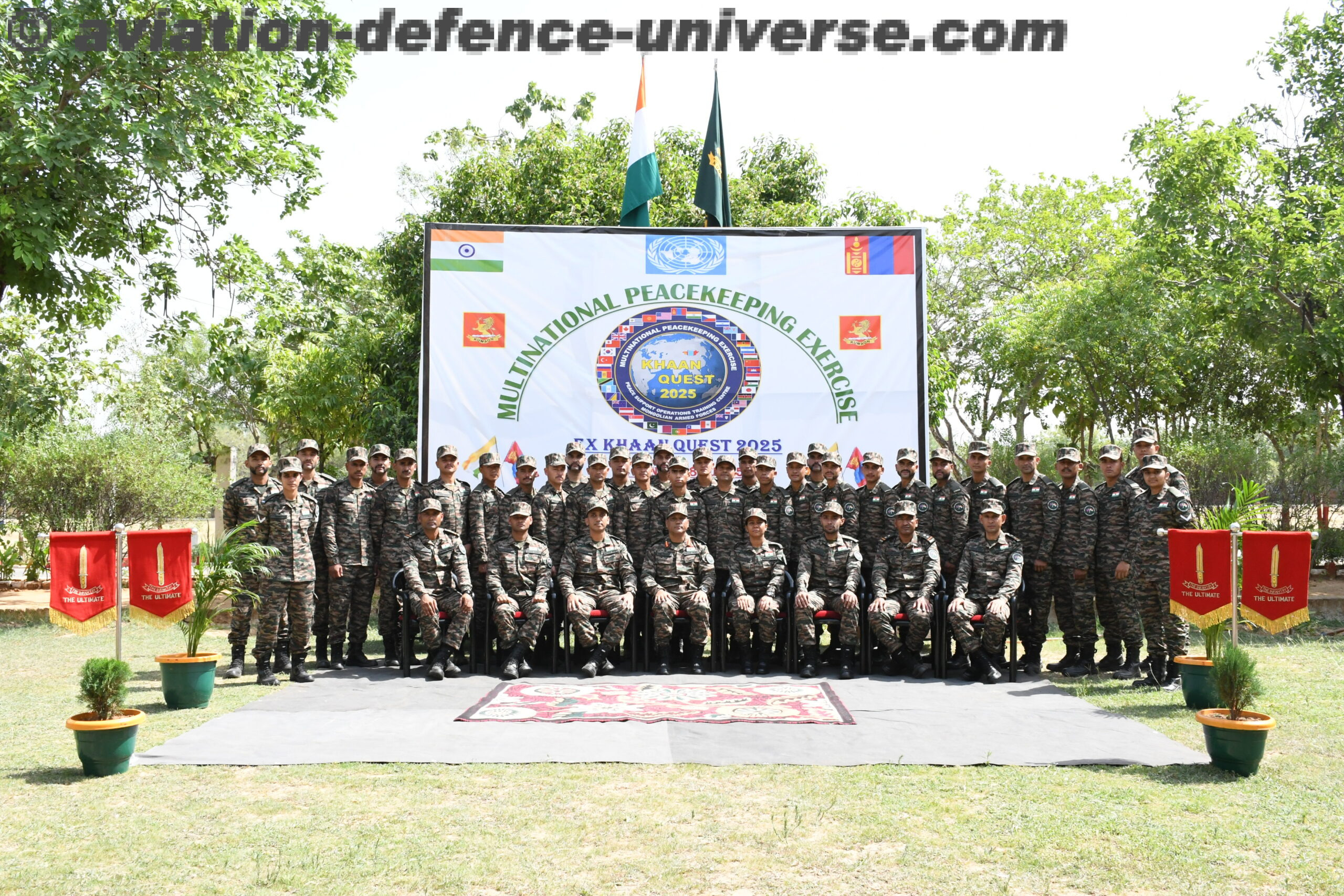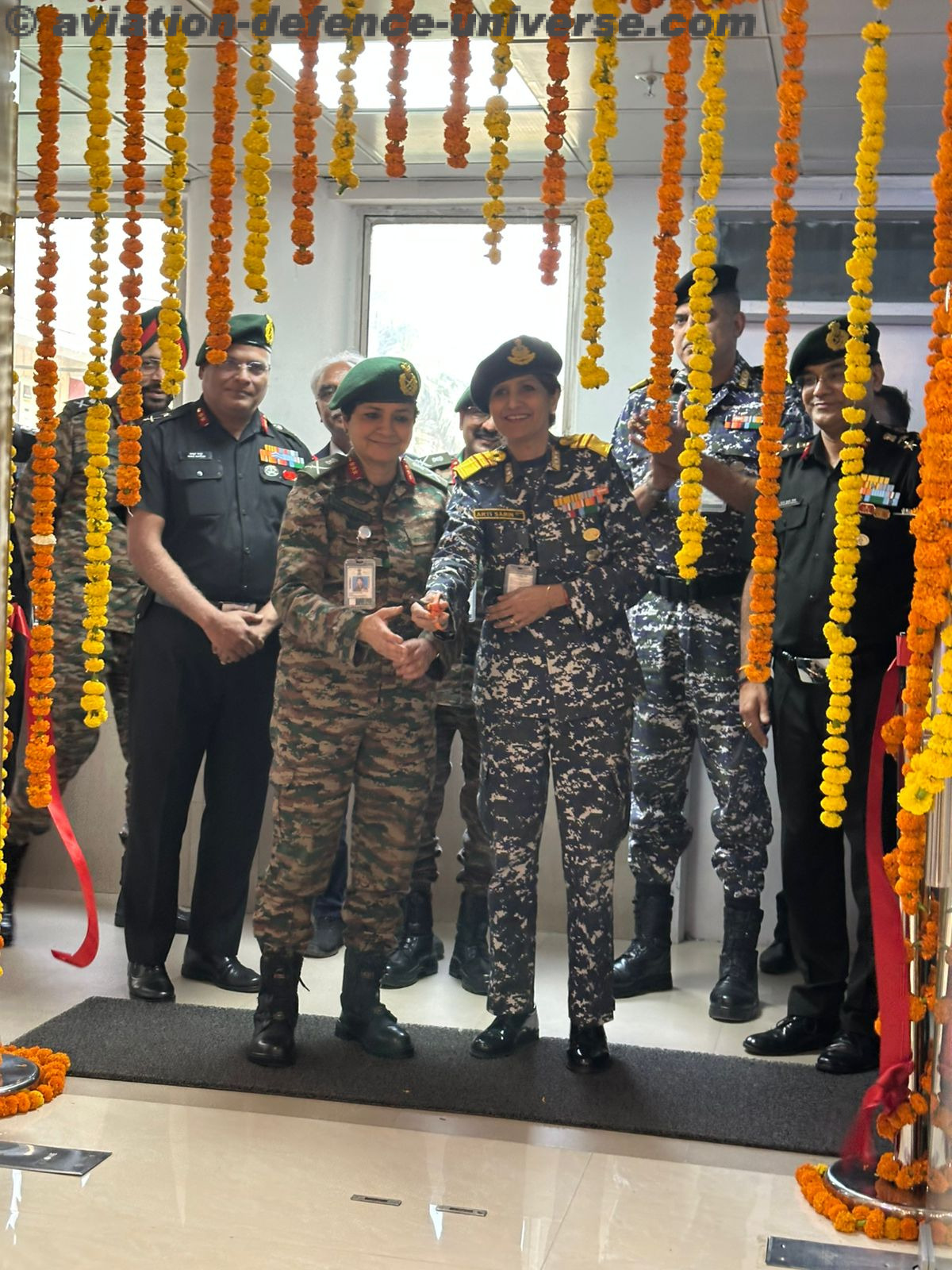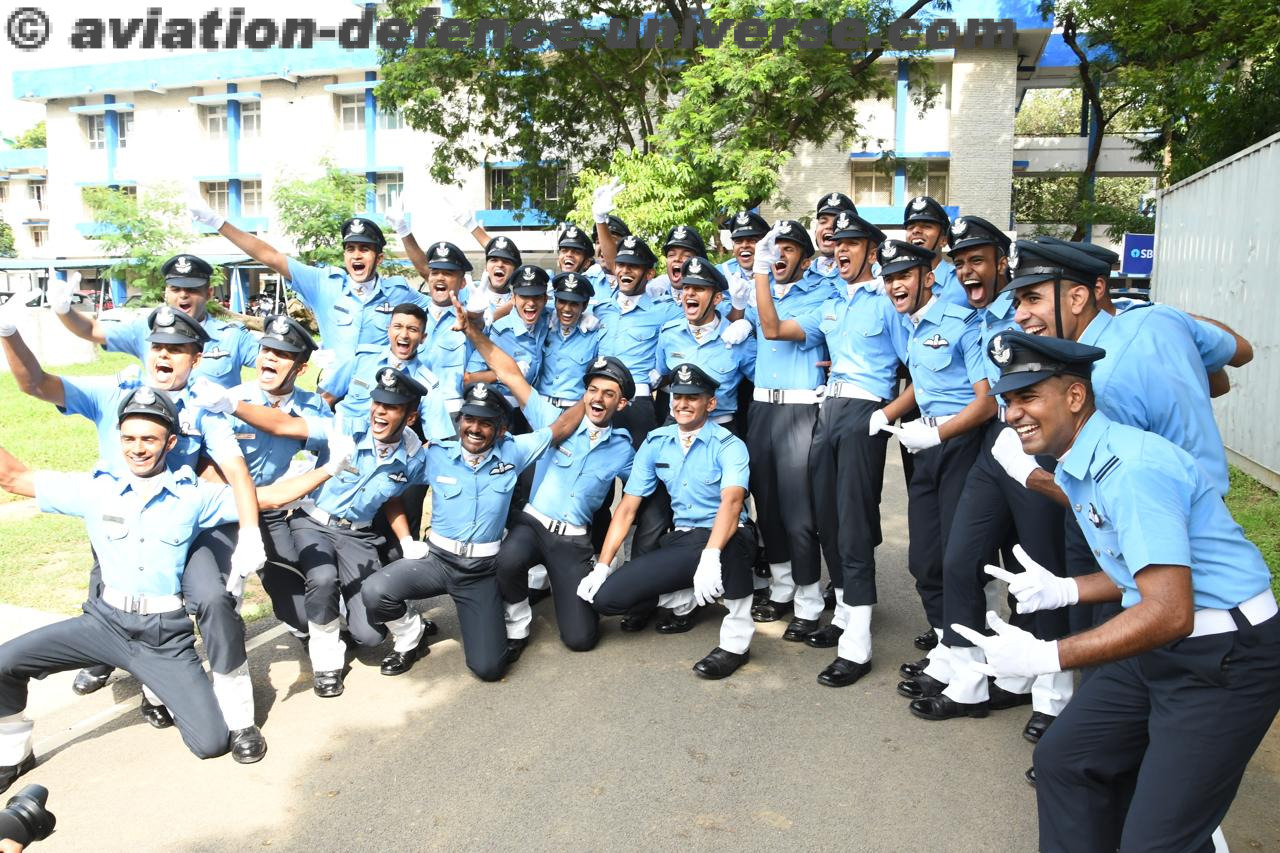By Brig. VK Atray & Sangeeta Saxena
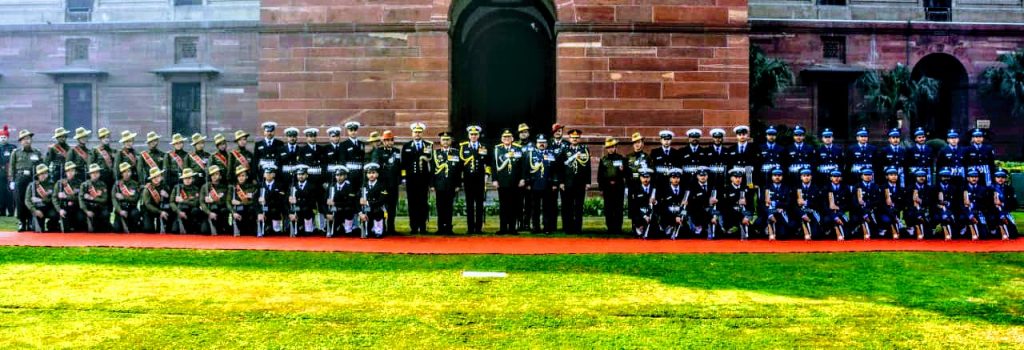
New Delhi. 01 January 2020. It was a historic moment for Indian defence forces when General Bipin Rawat took over as the Chief of Defence Staff (CDS). A wait of 73 years got over and this should now be a point of take off for creating a strong synergy between the three forces to face the challenges galore to make the nation a strong military power.
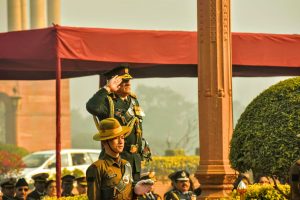
General Rawat has a mandate to set up the first joint command within three years comprising Army, Navy and the Air Force in addition to the two existing ones. He is mandated to bring all service commands under one umbrella gradually in a time bound manner. The first joint theatre command should be set up in three years and subsequently within 5-6 years the office of CDS is mandated to convert all single service commands into joint commands. This might be a big challenge but not an surmountable one.
After the tri-services Guard of Honour General Bipin Rawat addressed the media for the first time. “I want to assure you, that the Army, the Navy and the Air Force will work as a team. The CDS will keep control over them, but action will be taken through teamwork,” he said. “The CDS will not try to run a force by his directions. Integration is needed. We have to ensure that 1+1+1 combine of the three services adds up to 5 or 7 and not 3. You have to achieve more through synergy and integration, that is the aim of the CDS, ” he addded.
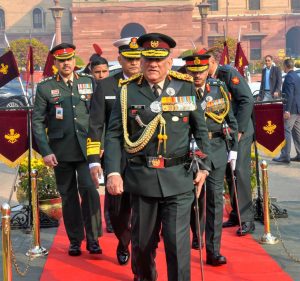
At the moment the forces together have 19 commands and only two out of these are tri- service commands. These are the Andaman and Nicobar Command and Strategic Forces Command that is in charge of nuclear assets.
He will also head the newly created Department of Military Affairs which is the new addition to the Ministry of Defence which will be doing the job of integrating the Ministry of Defence and the three forces. He will also promote jointness in procurement, training and staffing for the Services through joint planning and integration of their requirements. His office will be a mix of civil and military officials.
The CDS will have financial powers and the files from his office will not be required to go through the defence secretary and in most cases will be sent directly to the Defence Minister.
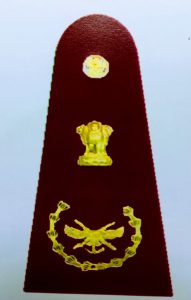
This is a major shift in policy but the history of this demand dates back to independence of India from the British rule. Lord Mountbatten many a time advised Indian leadership post 1947 for creation of a joint staff under a Chief of Defence Staff (CDS). The need for a unified command was made apparent following the 1962 war against China and the 1965 war with Pakistan.
General KVK Rao has strongly put forth the idea of creation of the post of Chief of Defence Staff in June 1982. However, officially, it was only following the Kargil Review Committee’s recommendation in 1999 that the Group of Ministers (GoM) officially proposed the creation of the post of CDS in 2001. Following committees, including the Naresh Chandra task force in 2012 and the Lieutenant General D. B. Shekatkar Committee in 2016, also proposed their own versions of a CDS. The process of consulting all parties involved began in 2006.
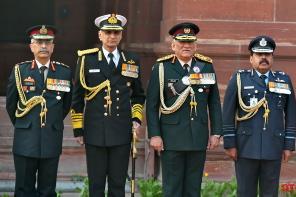
In 2017, the Cabinet Committee on Security started the process of making the final decision related to the creation of a post for the CDS. But things started looking concrete only when Prime Minister Narendra Modi said in his 2019 Independence day speech from the ramparts of Red Fort,”our forces are India’s pride. To further sharpen coordination between the forces, I want to announce a major decision from the Red Fort. India will have a Chief of Defence Staff (CDS).”
Following the Prime Minister’s announcement, a committee was announced on 23 August 2019 under the National Security Advisor, consisting of the Cabinet secretary, the Defence Secretary and the Chairman of the Chief of Staff Committee (C-COSC) among others, to make final the powers of the CDS. The committee was to submit its report within six weeks. By November 2019, government sources reported the committee had largely completed its tasks and would release an official charter and enabling framework for the post of CDS by mid-December.[
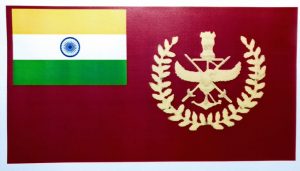
On December 24, the Cabinet Committee on Security (CCS) formally established the post of Chief of Defence Staff, a four-star general, a tri-service Chief, that shall lead the defence forces as well as play the role of head of the Department of Military Affairs and work till the age of 65 or three years whichever being first.
CDS will be member of Defence Acquisition Council chaired by the Minister of Defence and Defence Planning Committee chaired by the National Security Advisor. He will implement Five-Year Defence Capital Acquisition Plan (DCAP), and Two-Year roll-on Annual Acquisition Plans (AAP), as a follow up of Integrated Capability Development Plan (ICDP). CDS will give an opportunity to optimize defence economics and make expenditure more effective.
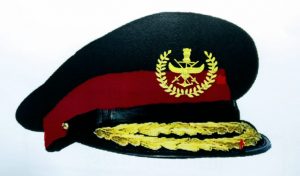
As far as the perks and privileges are concerned the CDS’s salary and perquisites will be same as the Service Chiefs. The CDS will come under the Right to Information Act.
And after a professional lifetime of wearing the tilted gorkha hat General Rawat will now wear a peak cap. The colour of the uniform will remain olive green. The uniform will not have any lanyards, as worn by military personnel, but the collar tabs will have four stars and a wreath displaying the rank. The insignia of the CDS includes the Army’s Sword, the IAF’s Eagle and the Navy’s Anchor. The Chief of the Defence Staff (CDS) will have his office in South Block.
The General in the hot seat who has been in the eye of the storm recently was questioned that shouldn’t Army remain away from politics. He replied, “we stay away, we stay far away from politics..” In addition when asked about that he appeared partial towards one side from his recent statement on students unrest over CAA he responded, ” We work on the directives of the government in power.”
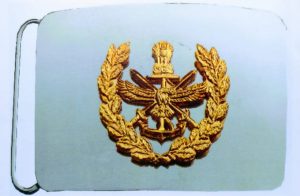
General Bipin Rawat will serve as the first CDS till December 2022. His presence as CDS will certainly change the civil-military balance, Thus, will address some of the grievances of the Armed Forces pertaining to their status vis-a-vis the civil services.
The U.K. from which the Indian armed forces and the Defence Ministry are modelled on has a Permanent Secretary, equivalent to the Defence Secretary, and also a CDS and has been a successful system for decades
The U.K. Government guidelines state that the CDS is the professional head of the British armed forces and, as military strategic commander, is responsible for how operations are carried out. He is also the most senior military adviser to the Minister for Defence and the Prime Minister.

General Rawat is expected to be a bridge between the bureaucracy in MOD , Cabinet Committee on Security and the forces. He will need to be deft to manage this coordination. He will also have to make a clear balance between the three forces to help India become a military power. He will have to shed his own service affiliations. The success of the CDS will depend on the kind of power bestowed on him and also the the role he will have in decision making. If the MOD has power to over rule the CDS in procurement decisions, then it will be a challenge which will have to be met with the ability to convince. In this case his relationship with both the Defence Minister, NSA and PMO will be a real deciding factor.
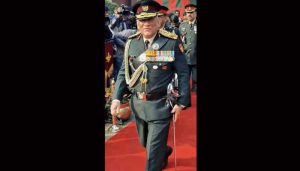
The seed for synergising the defence forces to bring out the best results in operations and give more muscle to the nation has been sown . Now we just have to wait and watch if the tree grows or the roots crumble. Optimism is the key word and one is sure that this restructuring of the forces will work in the positive direction. It will not be a hyperbole to say that Indian will become a military power from a military force.















